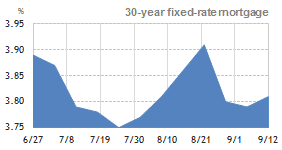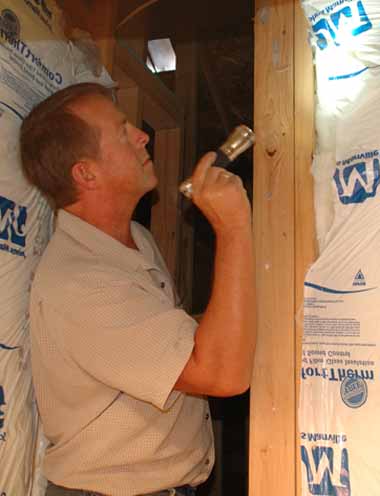
Homebuyers don't want houses that stink. Sellers must identify and remediate odors that make prospective purchasers hold their noses and run for the exits. A buyer's market is a tough challenge for sellers.
If you're selling, your house has to look a little better, smell a little better and be priced a little better than the other houses the buyer will look at that same day.
Unfortunately, it's not always easy for sellers to identify familiar smells that might be problematic, says Neeraj Gupta, director of product research and development at ServiceMaster Clean, which performs major cleanups and post-disaster restorations of residential and commercial properties.
"There is no 'odor meter,'" Gupta says. "People get used to the odor of their house and may not notice that something is not pleasant."
Outside sniffers
The best way to find out whether a house smells OK is to "ask someone who doesn't live there to come inside and give an opinion.
The obvious "someone" would be the real estate broker hired to sell the home. But not all brokers will point out that a house smells bad, even if they're willing to offer other helpful suggestions.
Some sellers are not outspoken about odor issues. Instead, they might consider offers to pass along any unfiltered "brutal truth" comments they hear from their colleagues who bring buyers to see the property. That way, the message gets delivered with less risk to her cordial relationship with the sellers.
Some people will never be the kind that will come out and tell you that your house smells like cat litter or mothballs. They would rip their tongue out first.

















